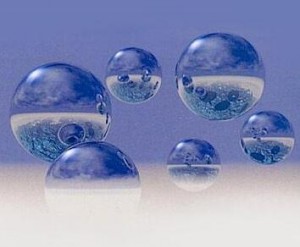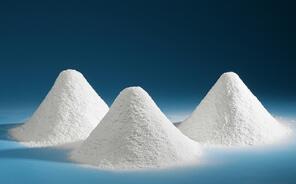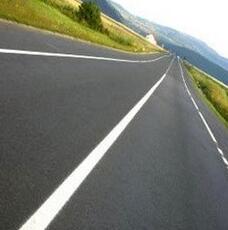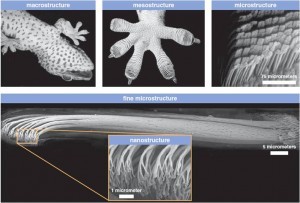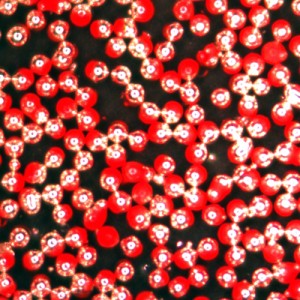China glass microsphere, has been around for ten years or so, but it really is industrial production and the use of only a short five or six years or so, but on their current market situation, the global situation at large, there the substantial needs, including with the insulation materials, coatings and various other high-end military and civilian products.
Cenospheres products are divided into three categories: white hollow glass beads; one is floating beads; there is a class resin beads. Each category is divided into a variety of specifications of products, used in different fields. In terms of market applications cenospheres product point of view, now more mature customer base should be foreign, domestic large enterprises started relatively late, the vast majority have not come into contact with such products.But also the most important point, foreign companies and Porter company 3M hollow glass beads, due to price and delivery time, most domestic customers which can only wait and see situation, some of this is already in use users of the product are also trying to find 3M and Potter’s beads alternatives.Domestic producers of beads confined to limit the production technology and equipment, has been unable to provide a high-performance alternative to the market vacuum, some companies began to fish in a very poor product and low market price to disrupt the market. Judging hollow glass beads application situation continues to forge ahead, in fact, exactly the opposite, due to defects in each of their own technology, making cenospheres product quality is uneven, with greatly reduced the quality of their products, but affected the hollow glass microspheres Pearl market expansion.
